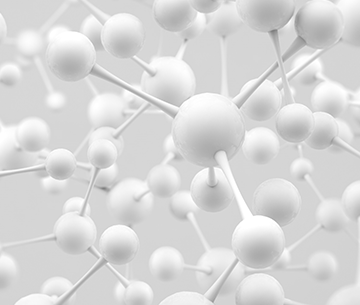Among the numerous antimicrobial agents (mildew inhibitors), copper antimicrobial agents are widely used. Shanghai Jingan will give you popular science under the copper antimicrobial agents related knowledge.
The antibacterial mechanism of copper antibacterial agent is as follows:
First, the direct interaction between the copper surface and the bacterial outer membrane ruptures the bacterial outer membrane. The copper surface then acts on holes in the outer membrane of the bacteria, depriving the cells of essential nutrients and water, and eventually shrinking.
The outer membranes of all cells, including single-celled organisms such as bacteria, have a steady stream of microcurrents, often called "membrane potentials" - more specifically, the difference in voltage between the inside and outside of the cell. It is likely that when the bacteria came into contact with the copper surface, a short circuit formed in the membrane, weakening the membrane and creating a hole.
Local oxidation and rusting occur when a single copper molecule or copper ion breaks off the copper surface and hits the membrane (protein or fatty acid). If it's aerobic impact, we call it "oxidative destruction" or "rusting."
Because the cell's main defense, the outer membrane, has been breached, the flow of copper ions can flow unimpeded into the cell. It disrupts some important processes inside the cell. Copper actually controls the inside of the cell, blocking cellular metabolism (such as the biochemical reactions necessary for life). Metabolic reactions are driven by enzymes, and when excess copper binds to these enzymes, they become inactive. Bacteria will be unable to breathe, eat, digest and produce energy.
Therefore, copper can kill 99% of the bacteria on its surface, including Staphylococcus aureus and Escherichia coli, within two hours, playing a good bacteriostasis effect.

Copper antibacterial agents on the market are divided into the following types:
(1) The combination of copper and acrylic fiber, the most famous is the AB antibacterial fiber of China Textile University;
(2) Copper ions are loaded in various carriers to form carrier copper antimicrobial agent;
(3) After the acrylic fiber is modified, copper fiber is obtained by ion exchange form, which has good antibacterial and deodorant properties;
(4), nano copper oxide, cuprous oxide or complex with zinc oxide;
(5), pure copper or very fine copper fiber.
The above various forms of copper antibacterial products, can play a good antibacterial performance. However, all the above products have an impact on the color of the products, which seriously restricts the development of the full color products of the products.